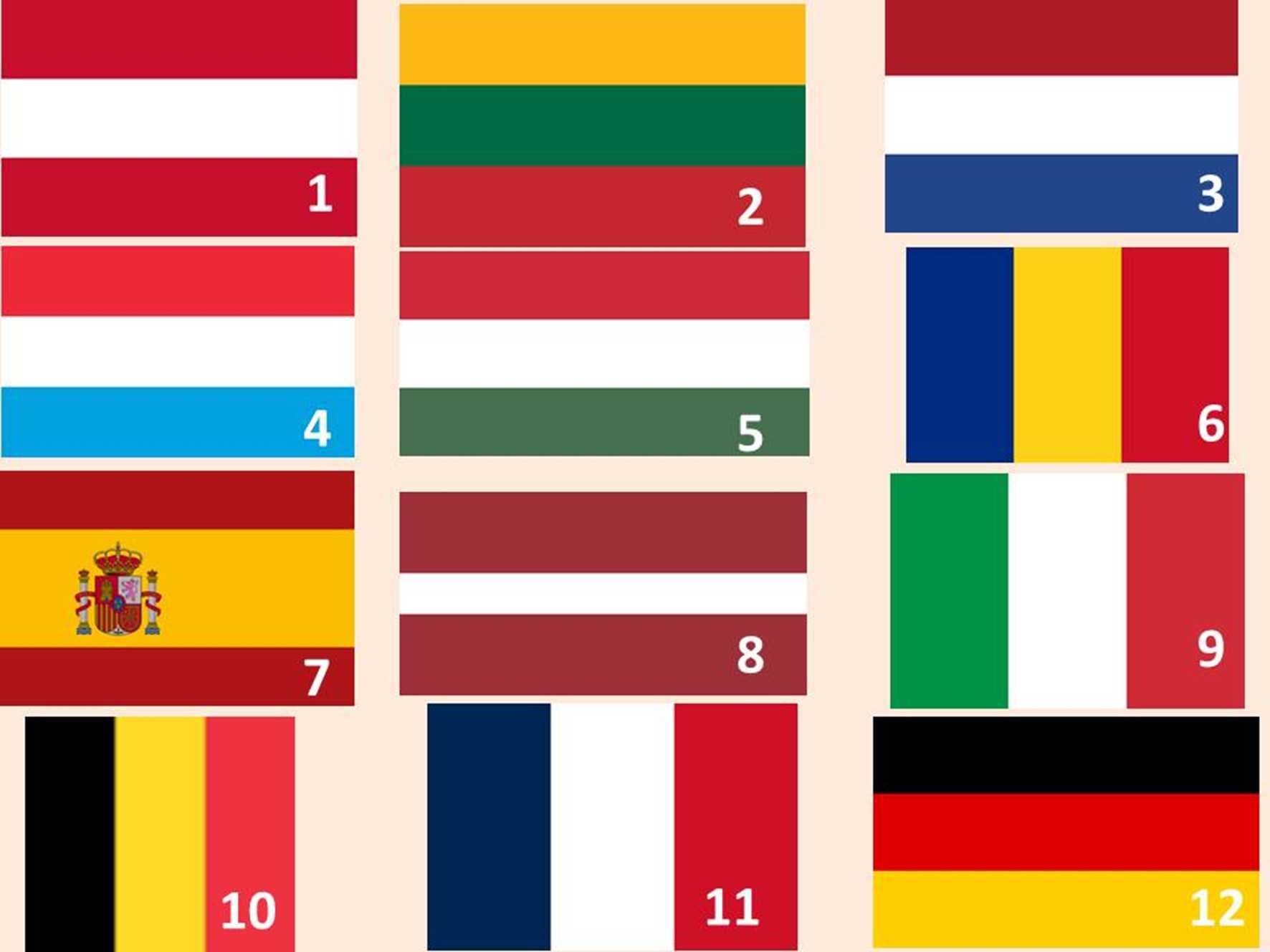
EU Countries: Losing Their Identities? Quiz
Flag Similarities in EU Countries
The EU could be viewed as one super-country rather than a union of nations, each having its own flag. But wait! This quiz demonstrates how similar each of these countries' flags is to each other, hinting at a lack of identity in individual EU countries.
A label quiz
by 1nn1.
Estimated time: 4 mins.
